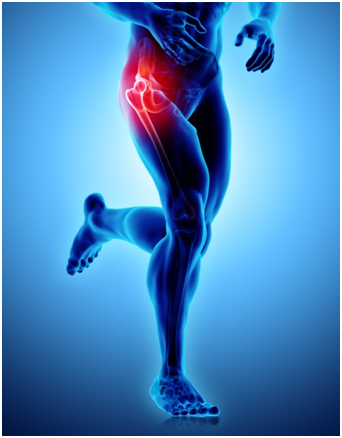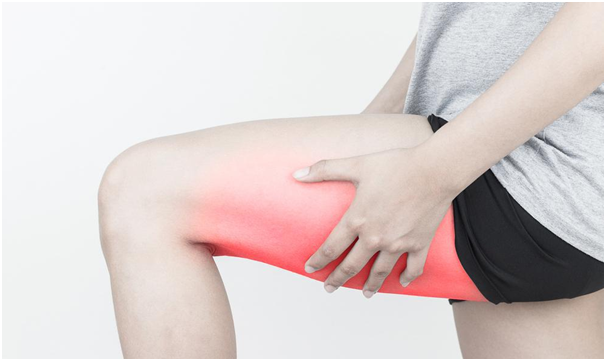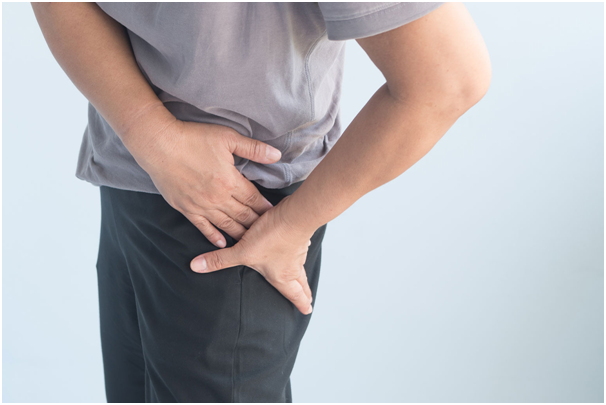| Category | Joint & Soft Tissue Injections |
Hamstrings tear
Greater trochanteric Pain Syndrome- Gluteus Medius tear; Trochanteric Bursitis
Ilio-tibial Band Syndrome
Rectus Femoris tear



Steroids injection
Platelet-rich plasma injection
Platelet-rich plasma is a form of regenerative medicine. It uses injections of your own blood platelets to help with healing.
Platelets, or thrombocytes, are a type of blood cell. Their main function is clotting blood. They’re produced in your bone marrow. Platelets contain growth factors. These are proteins that may be helpful in healing injuries.
A healthcare professional will collect a small amount of your blood (approx. 15-20 ml only). They will place your blood into a centrifuge. This spins your blood at different speeds until it separates into different layers. One layer is the platelet-rich plasma. This layer of plasma may have as much as three-four times more platelets than regular blood.
The platelet-rich plasma will then be injected into your affected area. We will first numb the area with a local anesthetic. The pain at the site may increase for the first 1-2 days. It could take 1 week before you feel any improvement.
Avoid taking non-steroidal anti-inflammatory medications ( NSAIDs) after your treatment as this may block the effect
Avoid activities that put stress on the area of treatment for a few days
The effectiveness of platelet-rich plasma treatment depends on several factors, including:
Your overall health
Whether your injury is chronic (it developed over time) or acute (sudden and serious)
Which part of your body needs treatment
The preparation of the platelet-rich plasma treatment
Many clinical trials have supported its use.
Some studies have found that platelet-rich plasma injections significantly reduced pain compared to placebos. People’s physical function also improved significantly. These benefits continued at 3, 6, and 12-month follow-ups.
There’s no chance of an allergy or immune reaction to platelet-rich plasma treatment because the plasma is taken from your own blood. Side effects and complications are rare
The doctor will clean the area over the joint and insert a small needle into the fluid-filled area around the joint bones under imaging guidance. When it is in the correct position, they will inject the PRP into the joint. They will remove the needle and cover the injection site with a small dressing.
Occasionally it is difficult to inject much medicine into the joint space, especially if the joint is extremely swollen. If this is the case, other medicines may be prescribed to reduce the swelling before the injections are tried again.
Book a prior appointment if elective or get admission in causality if the emergency
Lab investigation (*PT/INR, CBC), XRAY, CT/MRI scan, and previous records.
2-3 Hours fasting.
If you are on a blood thinner like Aspirin, inform us during the appointment.
One accompanying person
Need to sign a consent form for the procedure
We have a very fast and competent working team (Consultant, fellow, clinical assistant, technician, and ward assistant) which provides you with a comfortable atmosphere and eases your nerves. The usual time of stay is around a few hours.
Every procedure carries a risk, although this is extremely small. The risk of infection with this procedure is extremely small as no incisions are made in the skin.
You can resume your work after 1 day if the existing disease allows.